
Circulation problems impact millions globally, causing discomfort and leading to various health issues, from cold extremities to more serious cardiovascular conditions.
While medical treatments play a crucial role, many individuals are turning to natural remedies to support their circulatory health.
Whether you’re managing conditions like Raynaud’s syndrome, experiencing poor circulation in general, or simply seeking to improve overall blood flow, there are several natural approaches that can help keep your body functioning optimally.
To mark Raynaud’s Awareness Month (February), we’ve spoken with Professor Francesco Del Galdo from the University of Leeds, who is working in partnership with Scleroderma & Raynaud’s UK (SRUK).
The professor of rheumatology has explained why circulation issues tend to worsen in the winter and has shared some natural ways to help boost your circulation and enhance blood flow.
Why do many people suffer with circulation issues this time of year?
“When our bodies are exposed to the cold, a normal response is for the blood vessels to become narrower,” explains Del Galdo.
When someone has Raynaud’s this reaction may be much more extreme.
“It will sometimes cause a noticeable colour change to the affected areas, with the skin turning white, then blue and finally to red as the circulation returns. This is known as a Raynaud’s attack,” says Del Galdo.
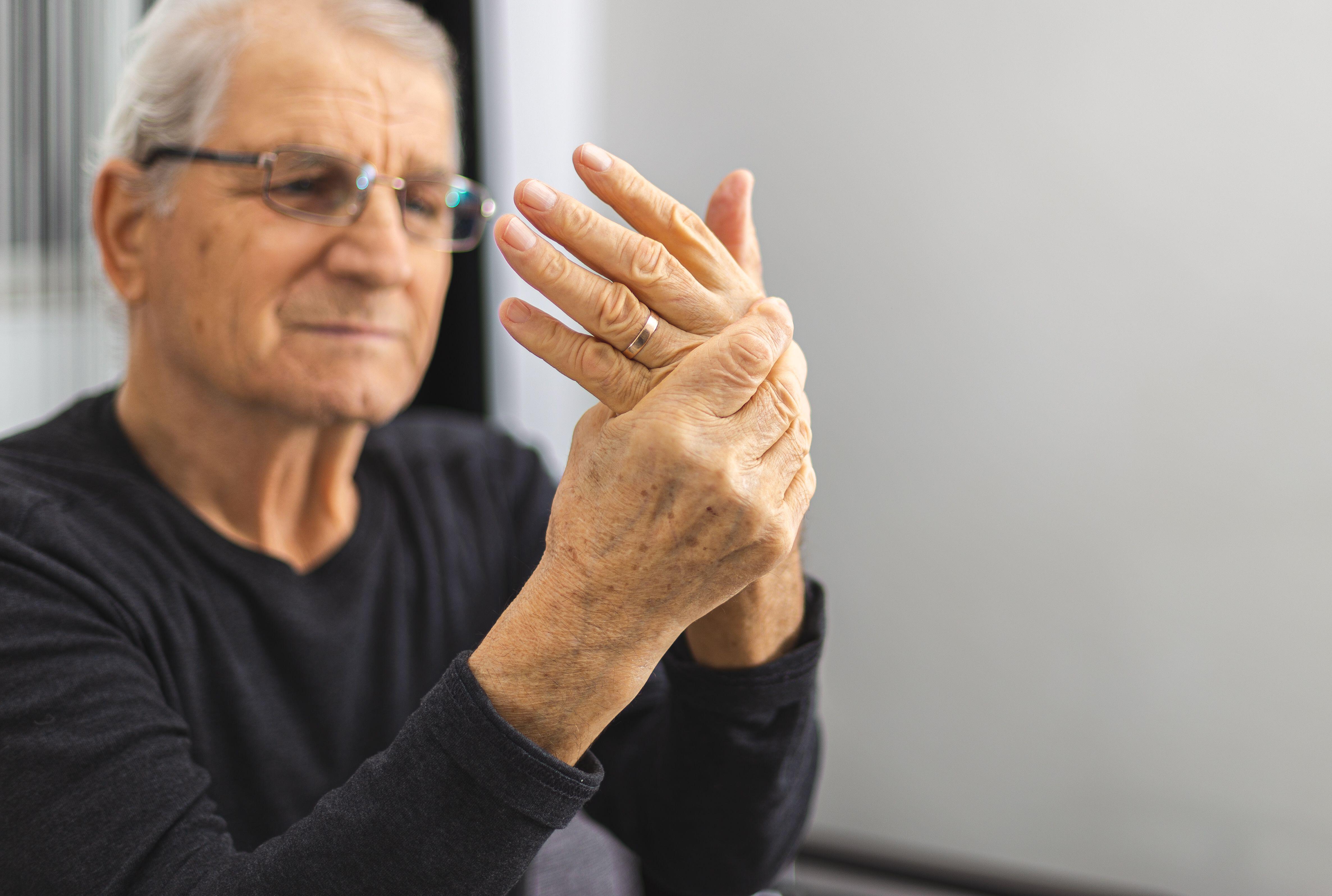
“Raynaud’s is usually triggered by cold temperatures, anxiety or stress. The condition occurs because blood vessels go into a temporary spasm, which blocks the flow of blood.
“Even the smallest drop in temperature can trigger painful attacks where the blood temporarily stops flowing to the extremities, affecting fine motor skills and making it difficult to carry out even the simplest everyday tasks.”
Whether you’ve been living with Raynaud’s for years or are looking for ways to improve your circulation, these eight natural approaches can help you feel more comfortable and support your overall circulatory health.
1. Stay hydrated
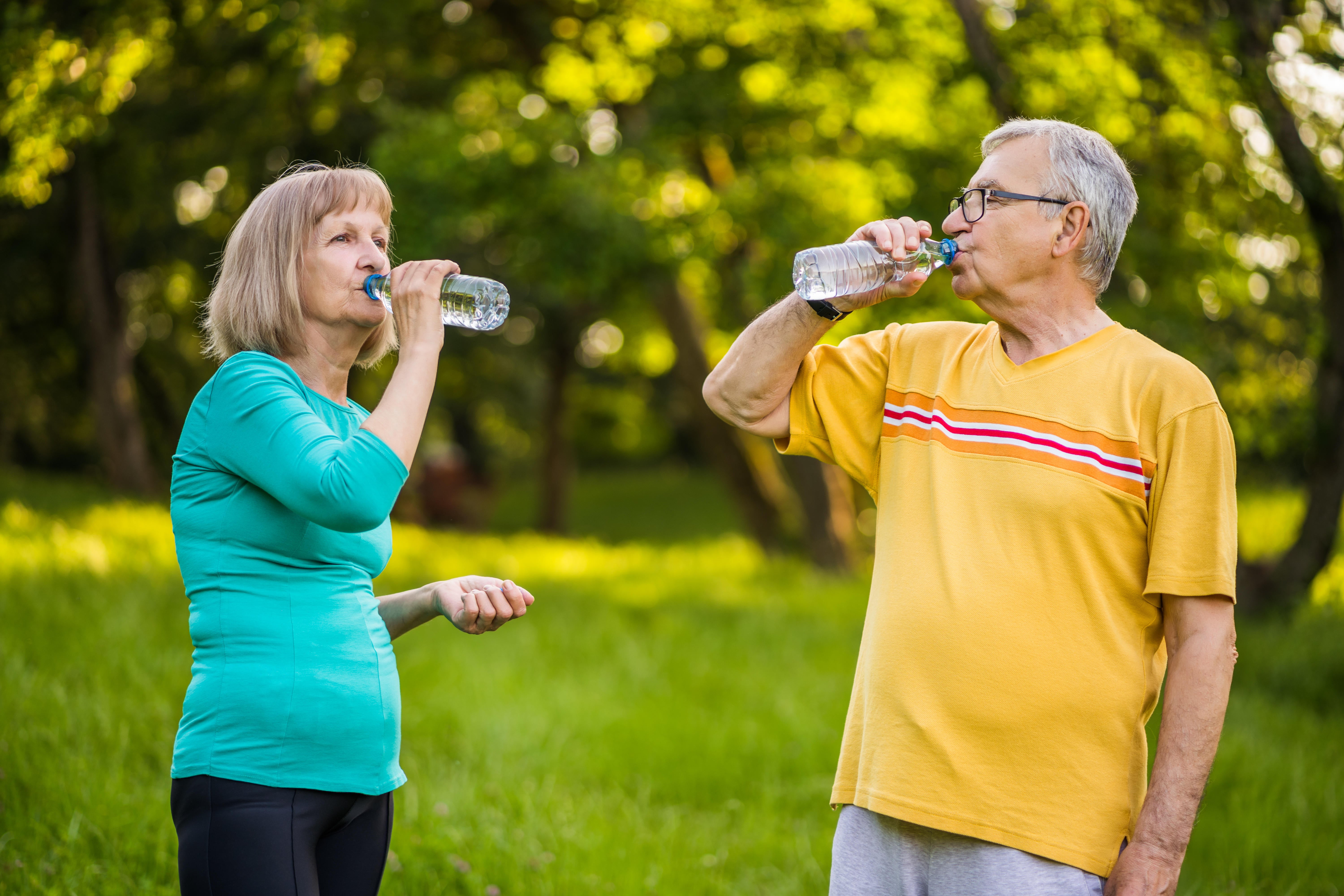
“Hydrate to keep the body temperature stable,” advises Del Galdo. “Hot drinks during cold weather can also help prevent attacks.”
2. Wrap up warm

SRUK’s website recommends wrapping up warm in cold weather by layering multiple thin garments and loose-fitting clothes.
Additionally, hand and feet warmers, along with gloves and thick socks, can provide extra comfort and help keep your fingers and toes warm during chilly days.
3. Try some breathing exercises
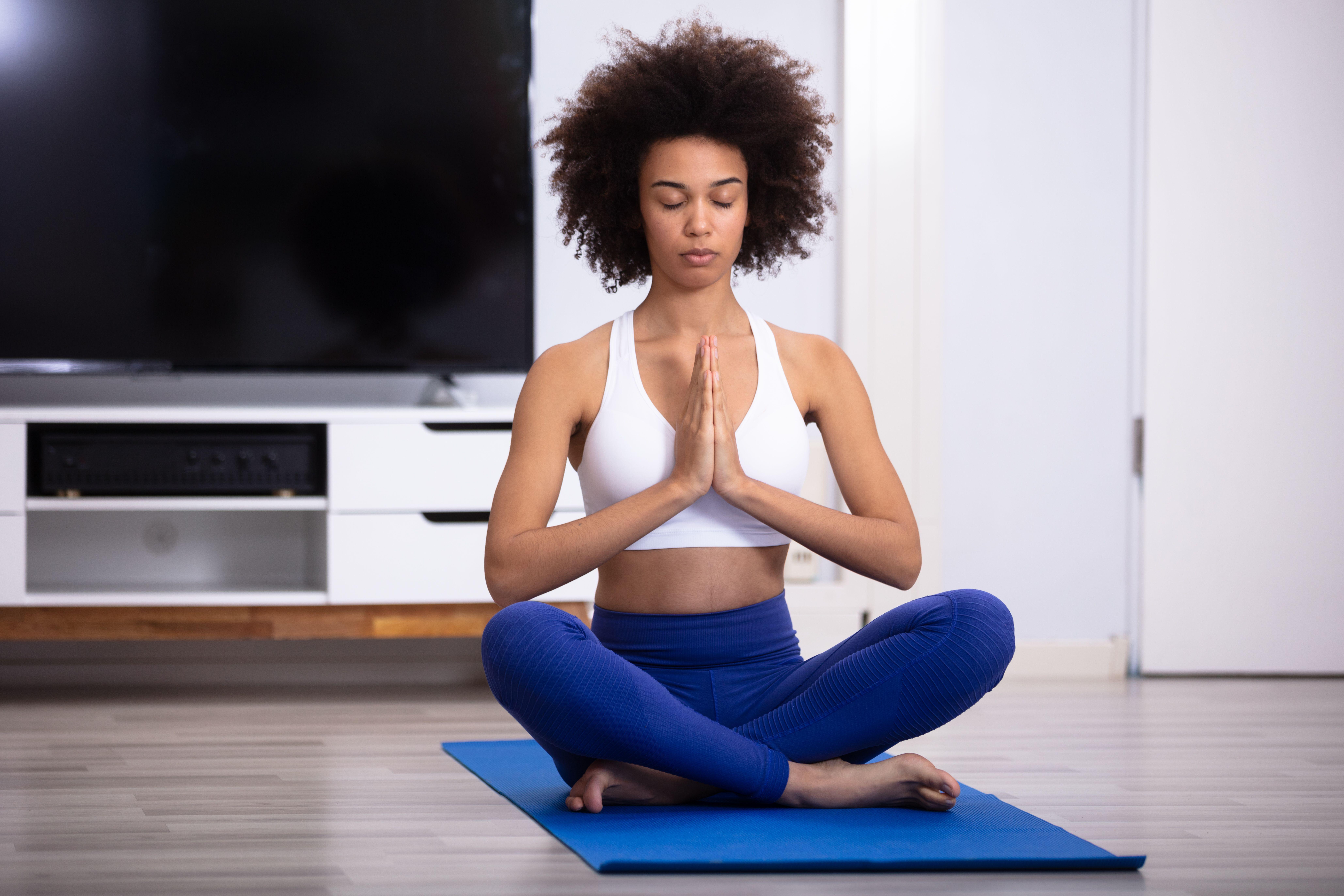
“Breathing exercises can help regulate the heartbeat,” says Del Galdo.
4. Eating more warming foods
The charity’s website also suggests that consuming traditionally warming foods like ginger, cayenne peppers, and chilies may help alleviate Raynaud’s symptoms.
5. Try the frisbee launch movement
“The frisbee launch movement can reduce the severity and duration of the attacks,” says Del Galdo. “This manoeuvre begins with the forearm flexed at a 90-dgree angle and internally rotated across the chest.
“Then rotate the forearm laterally, in a snapping motion, while maintaining digital extension, and repeat this movement rapidly.”
6. Move your body
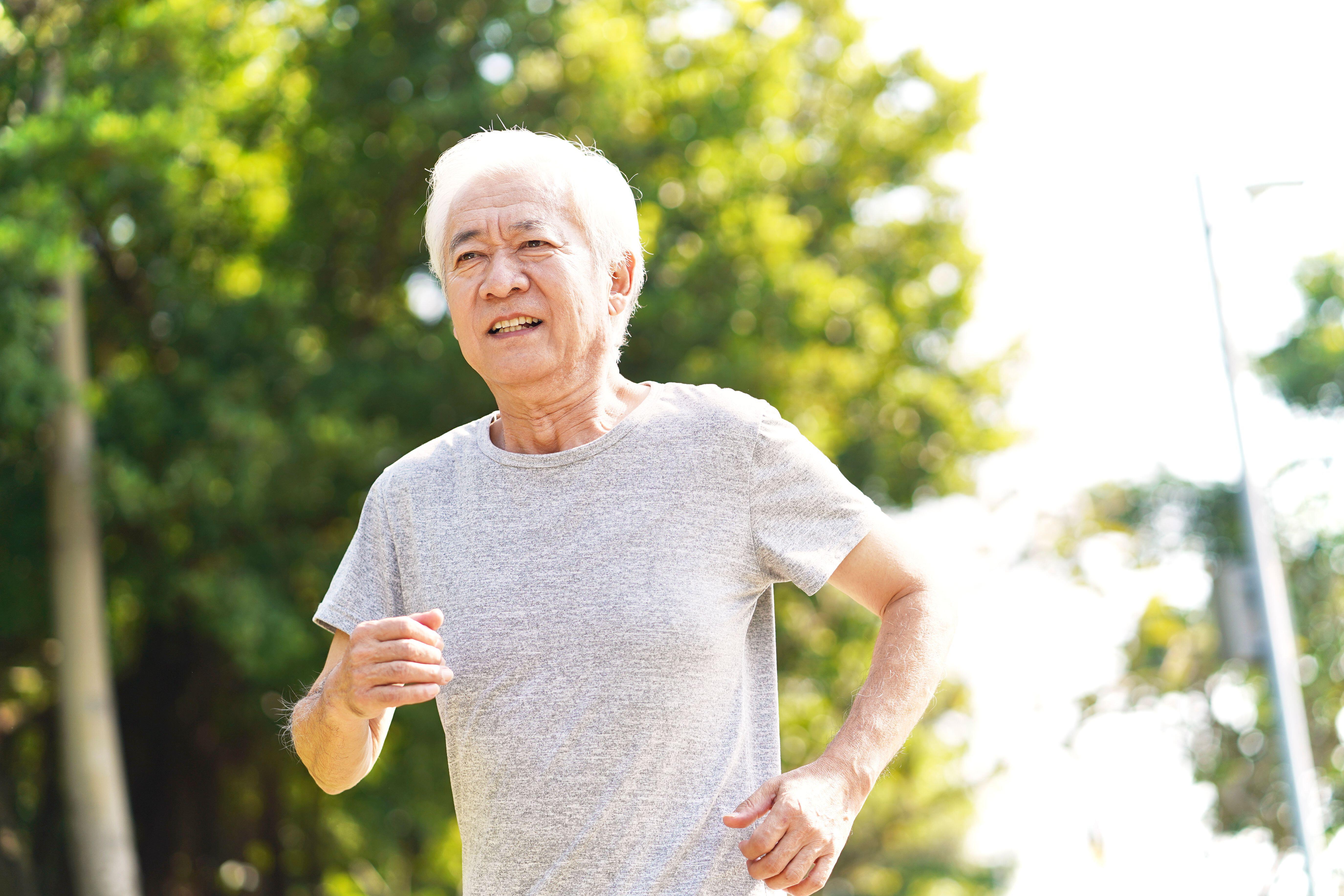
Exercise, within your own limits, can boost circulation and may improve Raynaud’s symptoms.
“Any aerobic exercise can help with circulation, in particular arm swings without weights,” says Del Galdo.
7. Consume more vitamin C and E
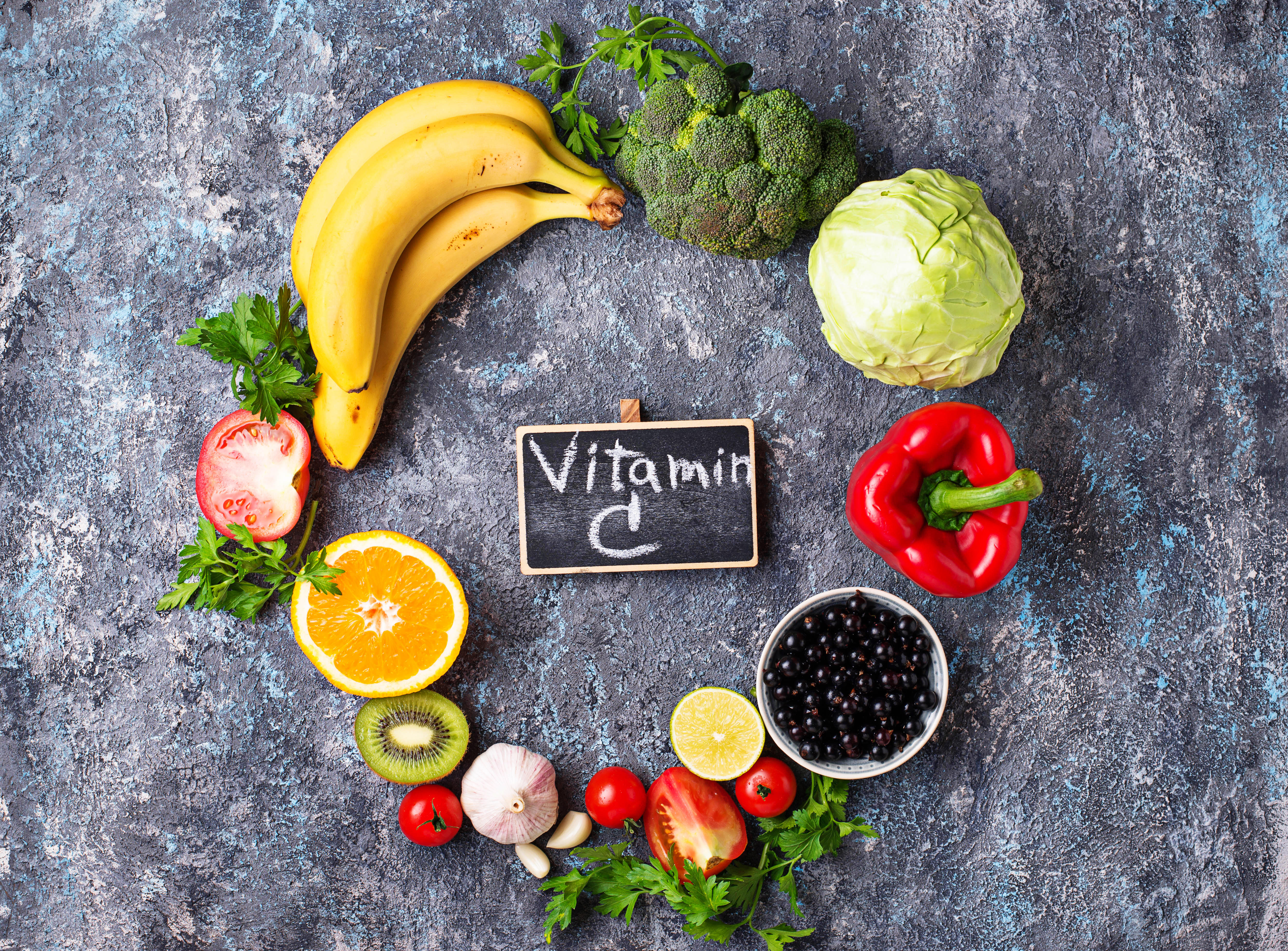
Increasing your consumption of vitamin C and vitamin E could help protect your blood vessels, according to SRUK’s website, because they both contain antioxidants.
8. Avoid smoking and caffeine
“Try and avoid smoking or drinking caffeine, as they can both worsen symptoms,” says Del Galdo.
One cigarette can reduce the body’s temperature by up to one degree for up to 20 minutes, according to SRUK.
SRUK has a free online 60 second test (sruk.co.uk/testme) to check whether you may need to get symptoms looked at.







